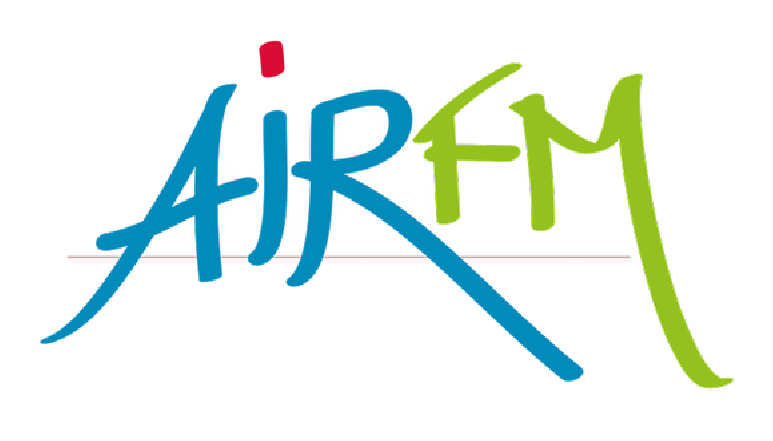
Bookkeeping skills play an essential role in any business organization by allowing professionals to record accounting transactions and issue important financial statements. A bookkeeper’s work helps to provide company owners and managers with the data to make key decisions that they wouldn’t be able to make without. Always ensure you have all bank and credit card statements, profit and loss statements, balance sheets, receipts and invoices for sales and services rendered by the business.
- This will not only aid in fair compensation but also simplify payroll accounting procedures.
- Take advantage of this platform that bridges the gap between employers and competent bookkeepers.
- They should possess an eagle eye for spotting errors or discrepancies that may arise during the course of bookkeeping duties.
- It’s important to select a structure that suits your business needs and provides the appropriate level of liability protection.
- Create budgets and projections so you can better understand your studio’s cash flow to plan for future expenditures.
This is where bookkeeping comes into play as an essential aspect of gym management. By accurately recording and organizing financial transactions, a gym bookkeeper helps to maintain fiscal stability, make informed decisions, comply with legal requirements, and optimize operational efficiency. Expense management in gym accounting requires a careful analysis of common expenses such as rent, utilities, equipment maintenance, variable costs like inventory replenishment and marketing campaigns. By implementing effective tracking methods and employing budgeting techniques like zero-based budgeting and variance analysis, gym owners can exercise better control over their costs while maximizing profitability. For Small businesses, forward planning is an essential part of bookkeeping, as it is mandatory to make provisions for all taxes due to authorities.
Detailed Inventory Records
To ensure financial stability and profitability, gyms must implement effective budgeting techniques. Start by creating a comprehensive budget that includes all anticipated expenses and revenue projections for the upcoming period. Promoting the gym through various channels like social media advertising, print media, or sponsorships incurs costs that vary depending on the scale and scope of each campaign.
A bookkeeper can help you stay organised and ensure that your financial records are accurate. This can free up your time so that you can Gym Bookkeeping focus on other aspects of running your business. In addition, a bookkeeper can offer valuable insights into your business finances.
Key Performance Indicators (KPIs) used to assess the financial health of a gym
Each membership type should be assigned a distinct code or identifier within the accounting system to facilitate proper recognition and tracking. Understanding the unique chart of accounts specific to gyms helps streamline the recording and reporting process, ensuring accurate financial data for decision-making and analysis. It also facilitates consistency in financial reporting, allowing gyms to compare their performance against industry benchmarks or historical data. This involves tracking income and expenses, managing invoices and receipts, and regularly reconciling your books. You’ll also need to track assets like gym equipment and liabilities like loans or accounts payable. As each month passes, a portion of this deferred revenue is recognized as earned income on the income statement, reflecting the services provided during that specific period.
Effective asset management is crucial in maximizing profitability and ensuring smooth operations in gyms. By meticulously tracking equipment purchases, depreciation, and maintenance costs, gym owners can maintain accurate records while optimizing resource allocation. Bookkeeping in a gym involves various tasks such as recording revenue generated from membership fees, personal training sessions, class fees, merchandise sales, or any other income streams specific to the gym. Additionally, it entails keeping track of expenses related to equipment purchases or leases, facility maintenance costs such as utilities or repairs, employee wages and benefits, marketing expenses, and more.

Commentaires récents